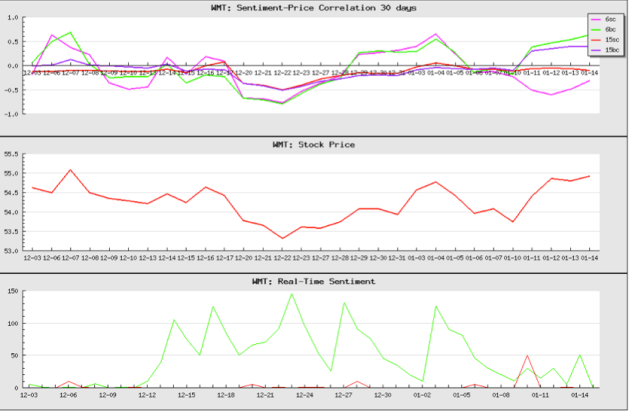Trading on Sentiment
February 10, 2011 Leave a comment
How does it sound when you hear that automated algorithmic trading shall be performed based on the market sentiment analysis of your twitter updates about specific companies or stocks? Scary!!!
The potential bubble factor around such a trend is illustrated by a new hedge fund “Derwent Absolute Return” in an article by Pascal-Emmanuel Gobry in his recent article “New Hedge Fund Uses Twitter to Pick Stocks”. Especially so when relying only on Twitter data that excludes stock specific tweets uses this information. The new fund – Derwent Absolute Return Fund from London based Derwent Capital Markets is based on a paper by researchers at Indiana University and University of Manchester. The fund has signed an exclusive deal with the researchers who published this paper, who claim that they run the twitter data through some sophisticated analysis to predict the outcome for a where the stock market was going. Here is a graphical representation of the key finding from the paper that shows the correlation between the two data series.

Figure 1 – the blue line shows the day to day DJIA values as compared to the red line that shows the Calm time series that predict the changes in the DJIA closing values that occur three days later
Or maybe it is not so far-fetched after all… that is if it is done the right way… to augment the inputs into the existing processes, data and algorithms to gain an additional insight (and not the only insight).
Today every financial institution gets market data feeds from various market data providers such as Reuters, Bloomberg, stock exchanges, etc. These data streams are collated and consolidated (these terms should ring a bell – Securities Master, Instrument Master, Master Data for Financial Instruments, Reference data) by the financial institutions and then provided to the “Quants” so that they can convert this market information into a trading strategy. However, given that every financial institution is getting the same market data, there is only so much you can do to slice and dice the same information in multiple ways. So how can these financial institutions have an upper hand over their competition? They have to look at new, timely and relevant sources of information that can help and aid in taking some informed decisions. This includes information from sources such as:
- Twitter or other micro-blogging sites
- Blogs where people talk about some more detailed analysis
- News articles and media feeds to analyze market sentiment
Take a look at the following sentiment and trend information collated from a variety of sources and see if you spot any trends by simply looking at the lines and numbers in the individual charts.
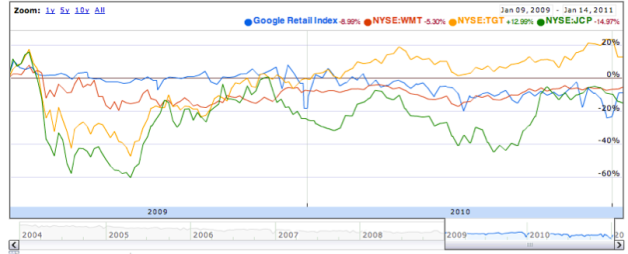
Figure 2 – Google retail index (blue line) that tracks US only queries related to retail terms and so forth compared with Walmart stock price (WMT in red) movement on NYSE along with some other retailers (Target TGT in red, J C Penny JCP in green)
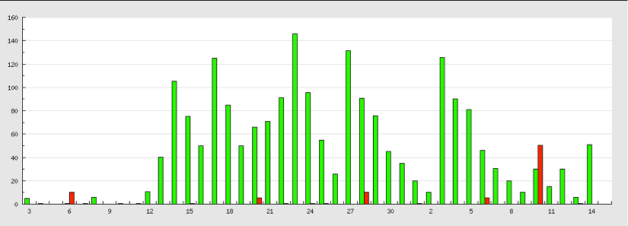
Figure 4 – Real-time weighted Sentiment (green for positive and red for negative) for Walmart from MktSentiment
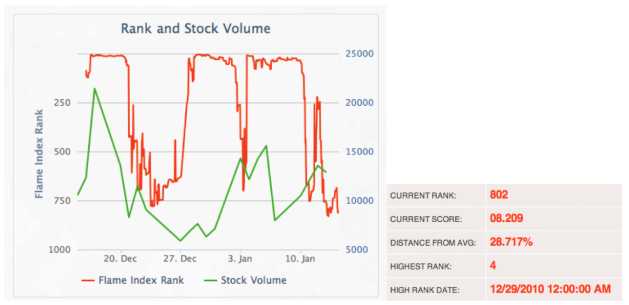
Figure 5 – Negative sentiment analysis index rank from FlameIndex as compared to the stock volume for the last 30 days
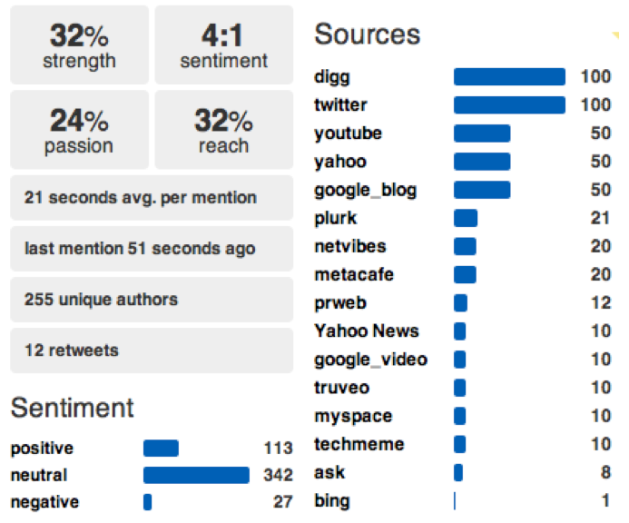
Figure 6 – Mentions about Walmart across various sources such as blogs, microblogs, bookmarks, events, etc from SocialMention
If you did not see a distinct pattern that would allow you to start trading right away – then you are not the only one; I have been staring at this for a while now… 😉
While these samples are an illustration of the various pieces of information available, each one by itself is not an answer for sound predictive analytics in Capital Markets. In order for a financial institution to make sense of this data they have to put a holistic data strategy together that is able to:
- convert this type of information into measurable metrics
- correlate this information to the people who are influencers and the measure the potential impact of what they say
- tie this information to the risk hierarchy of a given corporation for which the data is being analysed – to better understand the ripple effect of the exposure for a parent company
- factor in the geo-political variations as a quantifiable metric that is tied to operations of a corporate entity in that region (wonder what will happen to all those egyptian cotton goods now…)
- measure the impact of natural disasters on certain commodities and companies
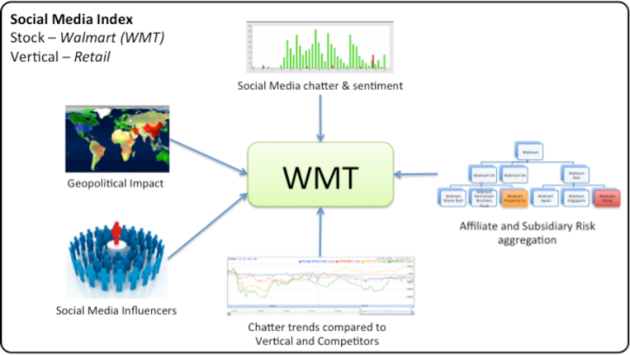
Figure 7 – The various additional factors that will make the social data relevant to predicting the outcome of the market
Once this information is correlated, it needs to be converted into quantifiable and consumable upto the minute metrics that can then provide the various financial institutions with a better Social insight into the latest and greatest changes that are taking place in the Social sphere. These metrics can then be used as an addition data point for number crunching by the “Quants”.
Sounds great but how does one even start to solve this problem – the problem is of converting unstructured data into structured data, so that you can monitor and track the latest market signals based on information from the social sphere for a short peek into the near future.
Are we closer to a solution? The answer is a resounding YES. With the increased adoption of the Social Media (including social networks, social media, news articles, blogs and the new interaction models that capture your ratings, likes and dislikes), there is exabytes of unstructured data about everything, including people, places and stocks. In parallel the technology landscape has also changed in the last five years, which allows us to embark on a path to make sense and structure out of large amounts of data with cloud computing, NoSql databases, semantic analysis, and other related technologies. There is no silver bullet yet but the technologies are evolving to solve this problem. Customers of Securities Master solutions and infrastructure (including users of MDM to consolidate financial instrument data) should pay special attention to this area as a potential extension of the capabilities that they have deployed in their enterprise.
Please feel free to share your thoughts and feedback.
Related articles:- Investment fund set to use Twitter to judge emotion in the market by Martin Bryant
- Someone Is Trading Stocks Based on Your Tweets by Mathew Ingram
- Using Twitter to predict stock moves by Felix Salmon
- Bubble Watch: New Hedge Fund Uses Twitter to Pick Stocks by Pascal-Emmanuel Gobry
- Twitter datapoint of the day by Felix Salmon
- Computers that trade on the News by Graham Bowley
- Attentio – http://attentio.com/
- FlameIndex – http://flameindex.com
- MktSentiment – http://mktsentiment.com
- StockTwits – http://stocktwits.com
- Thomson Reuters News Analytics – http://thomsonreuters.com/products_services/financial/financial_products/a-z/news_analytics/ uses technology from Lexalytics for this data service offering
- Lexalytics – http://www.lexalytics.com/industries/financial-services-and-sentiment-analysis
